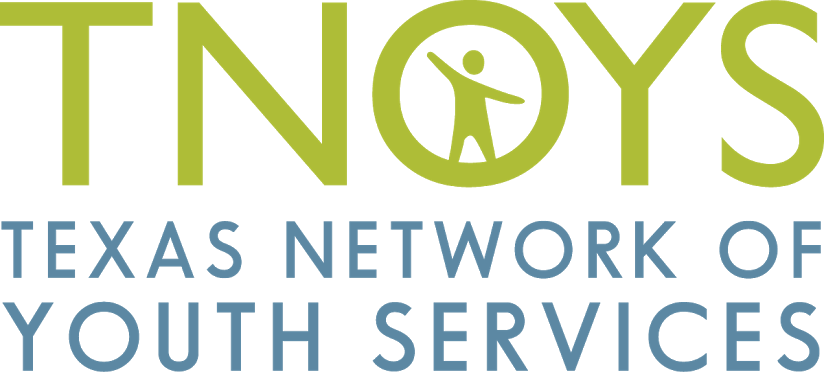This post is authored by Alex Polk, a member of TNOYS’ Young Adult Leadership Council.

As we continue to see exposure and heightened awareness from the LGBTQ community, it’s imperative that youth service providers educate ourselves and others on how we can support the LGBTQ youth we work with directly and also educate foster parents on the importance of creating a safe space for the youth of today. It is proven that LGBTQ youth may face traumatic experiences based on their LGBTQ status. This is why our friends at Superior HealthPlan have put together the basic definitions, insight, statistics and direct solutions to help you support LGBTQ youth.
-
Understand the statistics
The 2009 National School Climate Survey conducted by the Gay, Lesbian & Straight Education Network, a national nonprofit organization, encourages the creation of school environments that are safe for all students. They surveyed LGBT students across the country and the findings reveal just how difficult school settings can be for LGBT students and why it’s so important to work to make them safer:
Harassment and assault due to sexual orientation:
- 84.6% of LGBT students reported verbal harassment
- 40.1% reported physical harassment
- 18.8% reported physical assault
Harassment and assault due to gender expression:
- 63.7% reported verbal harassment
- 27.2% reported physical harassment
- 12.5% reported physical assault
-
Create and maintain an inclusive organizational culture that respects the worth and dignity of every person and treats them fairly
Some food for thought: Does your organization adopt and implement policies and provide training to your parents or staff? Do you or your organizations display indicators of inclusivity? Is there inclusive dialogue? Is intervention in place when staff or parents behave disrespectfully? Do you or does your organization treat everyone equally? These are questions we should be asking ourselves and seriously considering implementing in our organizations to ensure that our LGBTQ youth are supported.
-
Place youth in supportive settings where their voices can be heard
We should be involving youth in decision making processes, giving them a sense of control, and validating their ideas by showing that we are listening. When making foster care placements, ensure the caregivers are accepting and try to place youth in homes that provide a positive family-like setting. It is crucial for any youth, but especially LGBTQ youth, that they feel safe, wanted, and most importantly, loved. Reach out to the community for resources for LGBTQ youth — if you don’t know JUST ASK. Support caregivers with training and resources so that we can ensure support continues in the home. Respond promptly when problems arise, don’t let things slip through the cracks. LGBTQ youth need support, especially when issues arise that invalidate their identity. Importantly, work with caregivers who may initially reject a youth when they come out to them.
-
Protect the confidentiality of youth
Ensure staff is educated on confidentiality laws and policies. DO NOT disclose information about the youth’s sexual orientation or gender identity without their permission (don’t “out” them) — this can be a traumatizing experience for youth, especially if the place they’ve been outed to isn’t a safe one and can often be re-traumatizing for those who have been “outed” in a previous home/relationship. Disclosure of any information should be limited to what can specifically benefit to the youth.
-
Considerations for trans youth specifically
First and foremost, this applies for all trans people or any cases where we may not know exactly what someone identifies their gender as, not just youth. If you don’t know someone’s pronouns, JUST ASK. It is so much better to ask than potentially invalidate someone knowingly or unknowingly. It’s a simple question that shows trans people they are in a safe, supportive space. When they tell you, respect those pronouns and if you make a mistake, no need to draw out an apology or cause a scene, just correct yourself quickly and move on with the correct pronoun. When making placements for trans youth, choose housing situations that ensure emotional and physical safety of the youth and provide additional privacy for the youth if necessary to ensure their safety in their room, bathroom, or shower. Don’t segregate the youth for their “protection” but keep the youth involved in what makes them most comfortable and safe.
LGBTQ people deal with daily scrutiny either in the media, school, or home and we need to make sure our organizations have policies in place that are inclusive and supportive. We need to ensure that our youth are in supportive environments that are nurturing and respectful. Education is the first step to understanding what our LGBTQ youth need and paving the way to a more inclusive future.
This content is drawn from an August 2019 webinar presented by Alex Polk and Dr. Artemio Garcia of Superior Health Plan.
